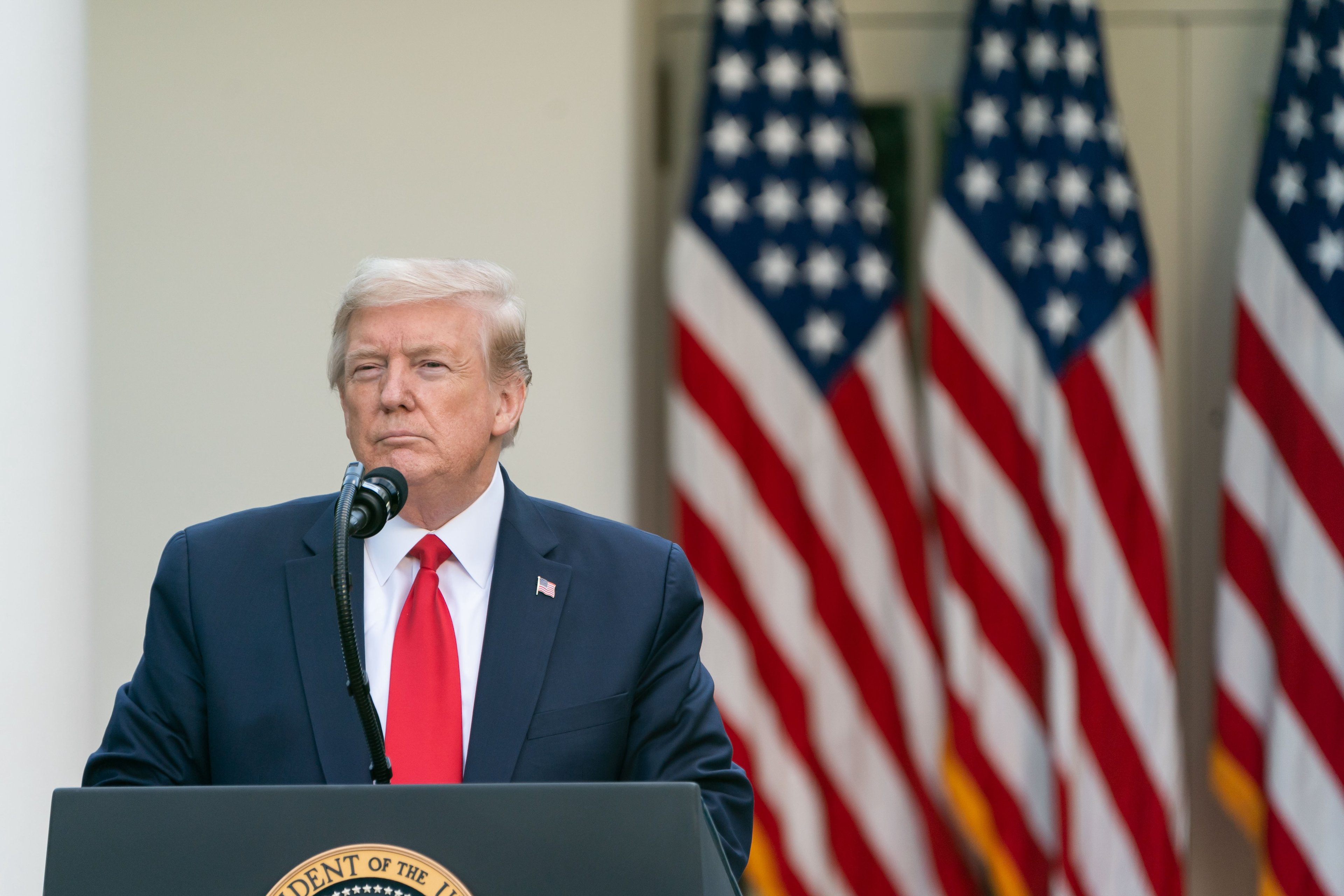The S&P 500 (^GSPC +0.46%) is the benchmark by which thousands of money managers overseeing trillions of dollars in assets are judged. For passive index investors who believe that active management doesn't add value over the long run, choosing index-tracking exchange-traded funds tied to the S&P 500 helps them meet their goal of matching the market's overall return.
But many different ETFs track the S&P 500. Which one makes the most sense for you? Let's look at some of the more popular S&P 500-tracking ETFs to pinpoint their differences.

Image source: Getty Images
A look at three top S&P ETFs
The biggest S&P-tracking ETF is the SPDR S&P 500 (SPY +0.42%), affectionately known as the Spiders. It was the first exchange-traded fund product to gain widespread use, and it's now a giant in the industry, with $140 billion under management. Its expense ratio is 0.09%, and with average volume of about 133 million shares daily, the Spiders trade $22 billion worth of shares each day -- meaning it takes less than seven days for the entire outstanding share-count to turn over.
Much smaller is the iShares Core S&P 500 ETF (IVV +0.43%). With about $43 billion under management, the iShares ETF comes with lower expenses of 0.07%, but much lower average daily volume of just 3.8 million shares. Like the Spiders, its share price roughly corresponds to a tenth of the value of the S&P 500 index.
Finally, the Vanguard S&P 500 ETF (VOO +0.43%) rounds out the major S&P ETFs. Unlike the other two ETFs, its share price bears no resemblance to the index's actual value. With less than $10 billion under management and barely 1.1 million shares trading hands each day, it's also the least liquid of the three ETFs. Yet its expense ratio of 0.05% is also the lowest of the three.
Does an S&P 500 ETF by any other name perform as well?
From a performance standpoint, all three of these ETFs perform the way you'd expect, with returns that trail the S&P 500 index by roughly the amount of their respective expense ratios over the long run. From year to year, ETFs sometimes manage to do better or worse than that expected return, as trading strategies and handling special events like additions and deletions from the index introduce some variables.
For investors, though, you also have to incorporate trading costs, both in the form of commissions and bid-ask spreads. With the largest number of shares and greatest trading volume, the SPDR ETF has the narrowest spreads and the most consistent liquidity. But the iShares ETF also does a relatively good job of keeping bid-ask spreads relatively narrow. Spreads for the Vanguard ETF tend to be higher, making it a more costly choice if you trade frequently, as a $0.01 greater spread amounts to about 0.13% -- or more than two years' worth of expenses for that ETF.
Finally, in considering costs, keep in mind that some companies offer commission-free trading for certain ETFs. Vanguard offers its ETF at no commission, while Fidelity and TD Ameritrade both offer the iShares ETF commission-free.
Choosing the right ETF
In the end, which S&P ETF you pick isn't likely to make a huge difference to your total return. Nevertheless, understanding the differences between similar ETFs is helpful not just in evaluating these ETFs but also in identifying the issues you should look at when you're looking to invest in any ETF.








